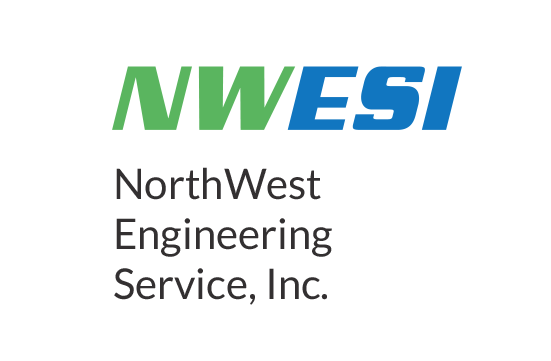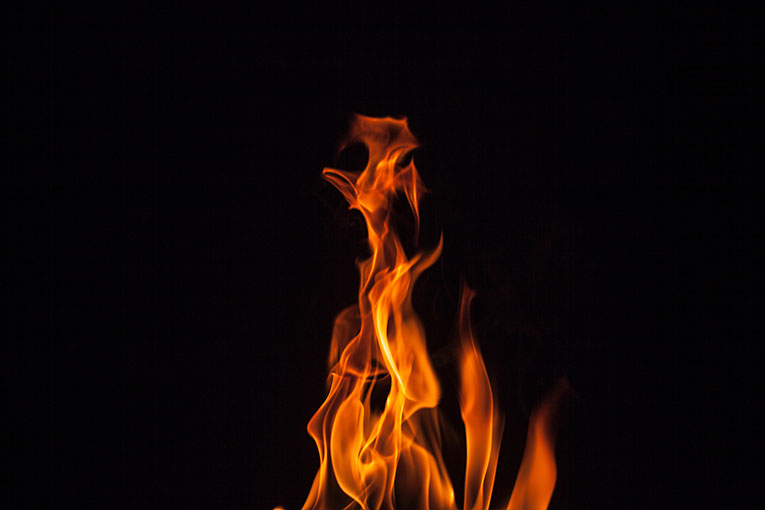Fire smoke damper (FSD) testing is a branch of Fire Life Safety measures—codes that are applied to buildings to mitigate the damage done to facilities and occupants in the event of a fire. Fire smoke dampers are devices that sit within HVAC ductwork and are key components in compartmentalizing fire and smoke. Properly functioning dampers prevent harmful fire and smoke from propagating rapidly through a building and give occupants necessary time to exit a facility safely in such an event.
Fire Damage: People and Buildings
It may be surprising to know that many fire related deaths come not from direct contact with fire itself, but from smoke inhalation.1 The question is then, how do you control smoke circulation? Fire smoke dampers attempt to do this by shutting off specific pathways and limiting the amount of smoke that spreads throughout a building, thus limiting the inhalation amount by people who may not be in a safe area yet. These mechanisms with the potential to deter preventable injury make FSD testing necessary for most facilities. Beyond this, properly functioning dampers can help minimize the amount of damage and financial loss in a facility due to fire. The number of fires occurring in a built environment highlight the unpredictability of fire related accidents, as the NFPA reports that “A fire occurs in a structure at the rate of one every 63 seconds” to the cost of billions in damages.2 Testing the functionality of dampers installed in older buildings and new construction is a preventive care that can keep a rare, but not unheard of event, from turning into a catastrophe.
“A fire occurs in a structure at the rate of one every 63 seconds”
Codes, Fines, & AHJs
In new construction all facilities are required to have fire dampers tested one year after certificate of occupancy, and every four years thereafter—except in hospitals where that time frame is every six years. Due to increased scrutiny of code enforcement of NFPA codes 80 and 1053, FSD testing has become a more in-demand service as owners are becoming aware of the legal and potentially deadly ramifications that come from having inoperable dampers. A number of these oversights and their fixes have become public, as safety concerns become paramount for schools, healthcare facilities, and others. Failing to produce documentation for verified damper functionality for the local Authorities Having Jurisdiction (AHJs) during building inspections can be accompanied by fines, the facility being shutdown, or a halt in receiving federal and state funds.
Who Needs FSD testing?
Code enforcement of FSD testing by federal, state, and local AHJs has broadened from the healthcare sector to:
- Assisted Living and Acute care facilities
- Transitional care and Rehabilitation facilities
- Commercial buildings
- Educational institutions
Fire Smoke Damper testing is a service that seems superfluous until it’s necessary. Verifying these devices work in buildings can make a difference in fire-related events not only for the buildings themselves, but for the people who live and work in them.
Sources
1 NFPA Reporters Guide, ABA Burn Incidence Fact Sheet 2 NFPA Fire Loss 2017 3 NFPA 80, 105



